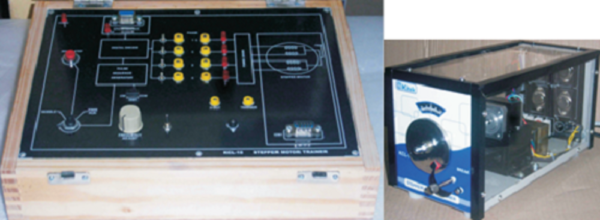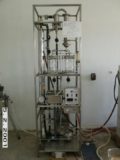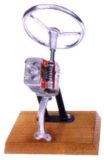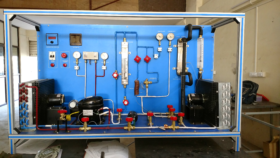Stepper Motor Control Trainer Model ETR 034
Home » Products » Stepper Motor Control Trainer Model ETR 034
Stepper Motor Control Trainer Model ETR 034
– Signal stepping and free running modes of operating with speed variation and direction reversal – internal TTL circuit.
– 360O motion Servo-Potentiometer position-pickup for motor dynamics.
– Operation through microprocessor kit sample control programs provided.
Item Description
With the rapid advancement in digital electronics, the stepper motor by virtue of its being a direct digital actuator, has become an important element of a control system. Well known applications include watches, floppy and hard disk drives, printers etc. This experimental set-up aims at providing an exposure to the basic operation of a stepper motor, its drive and logic, and limitations as far as the internal dynamics is concerned. Experiments have been designed to demonstrate the effect of external load – inertial and frictional, on the motor performance. Provisions are available for free running operation as well as single stepping mode with LED indication for the active phase.
The unit may also be operated by a microprocessor kit for which a built-in interfacing and automatic changeover has been provided.
An exhaustive manual is supplied with the unit explaining in details the theory of stepper motors, procedure for conducting the experiments and interpretation of the results. The details of application software are also included.




